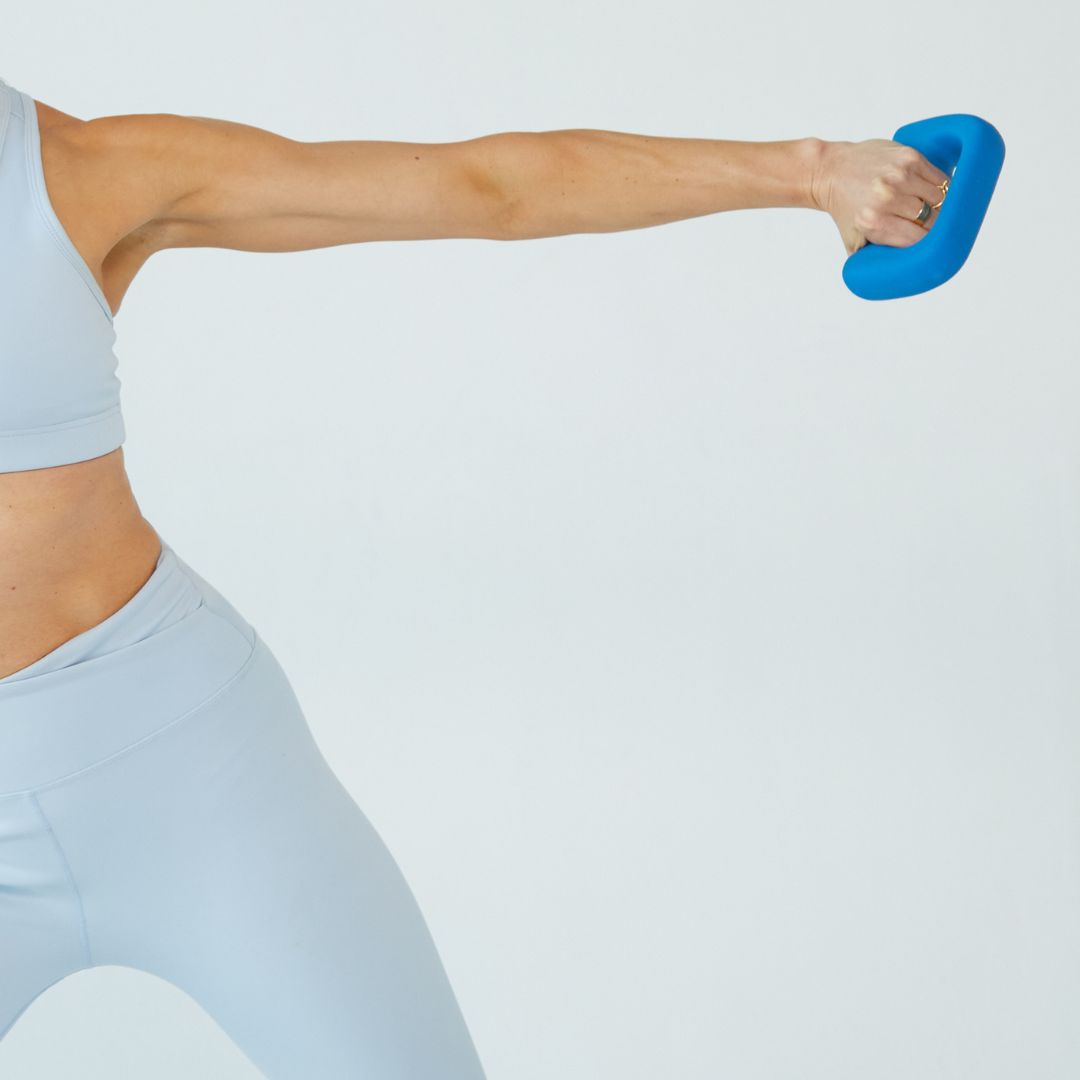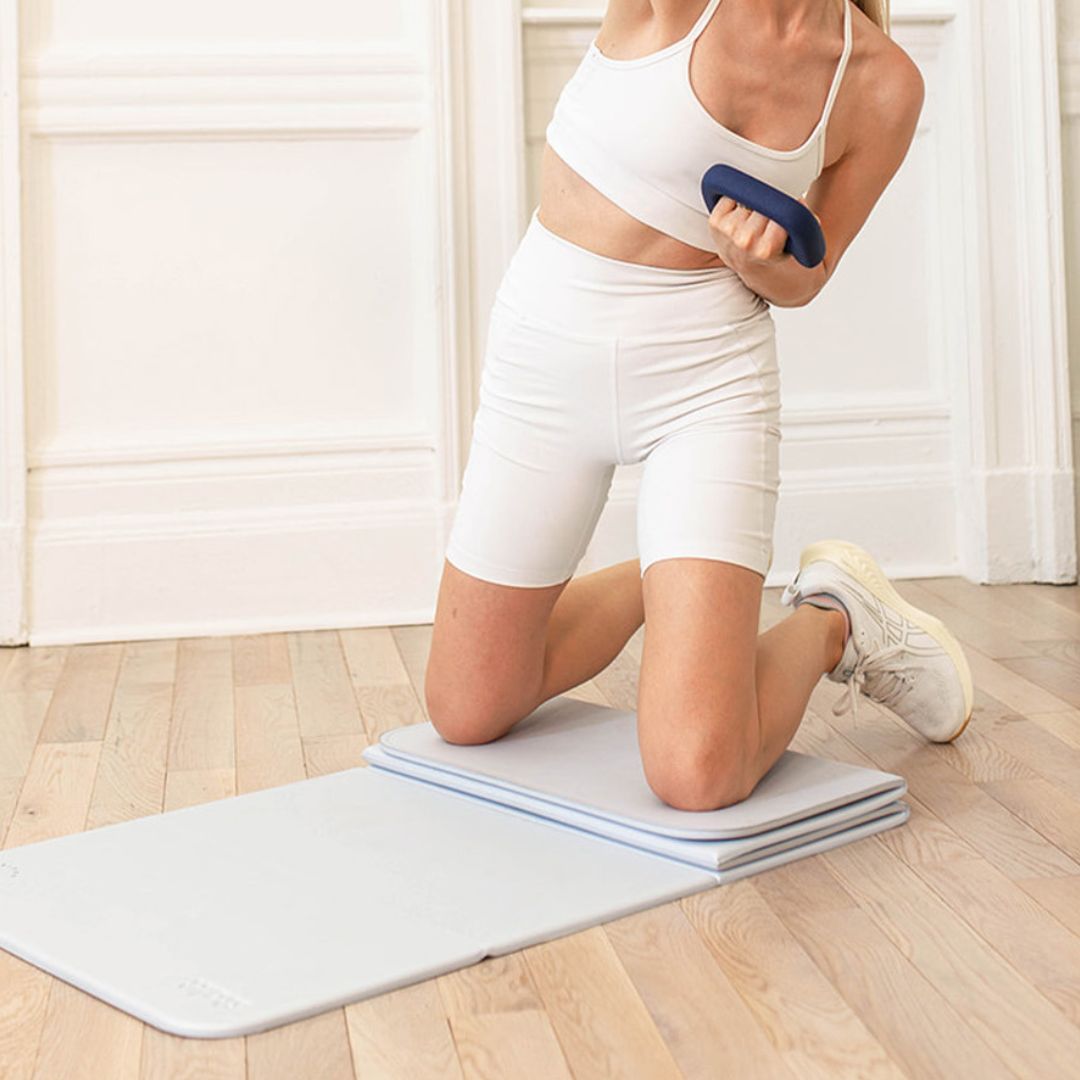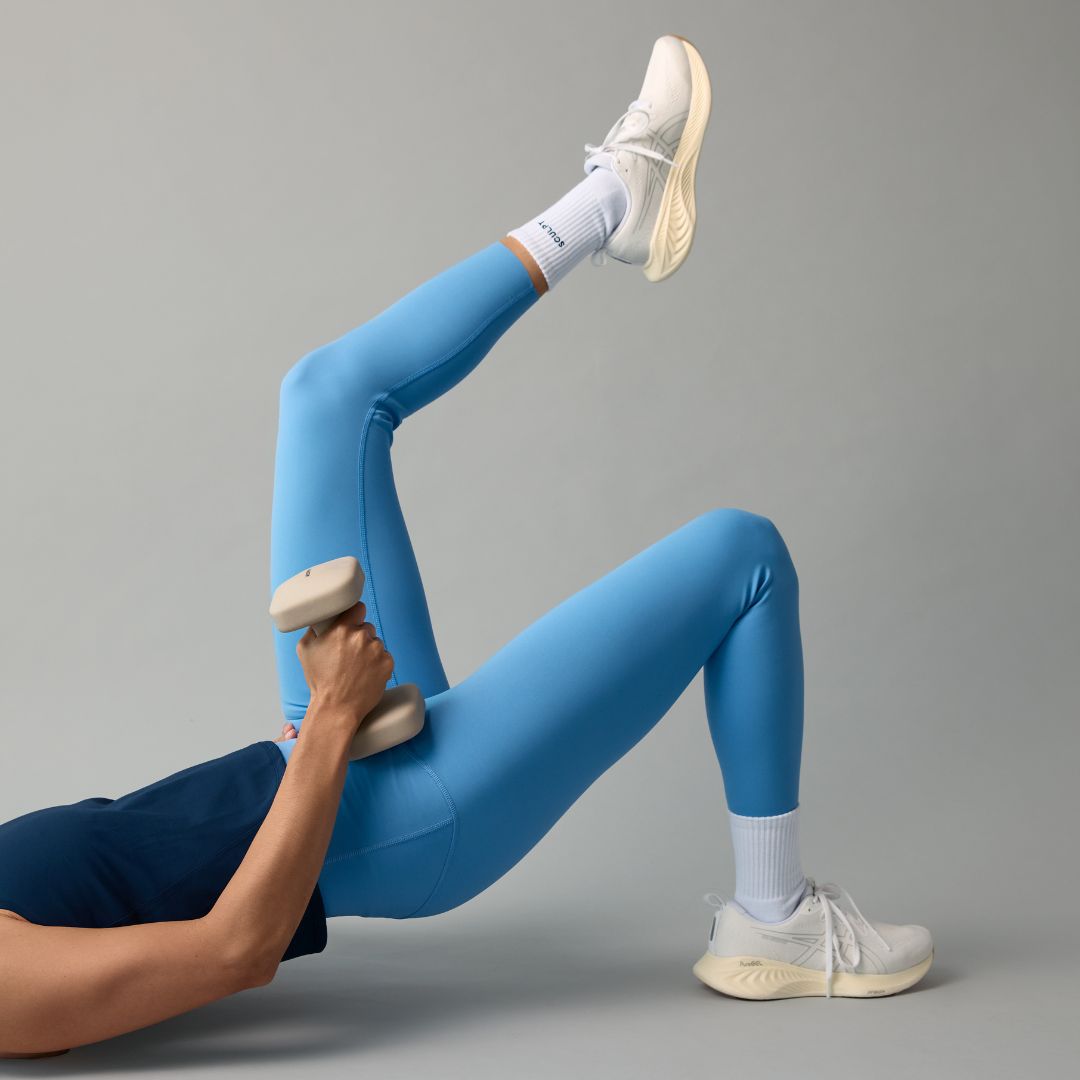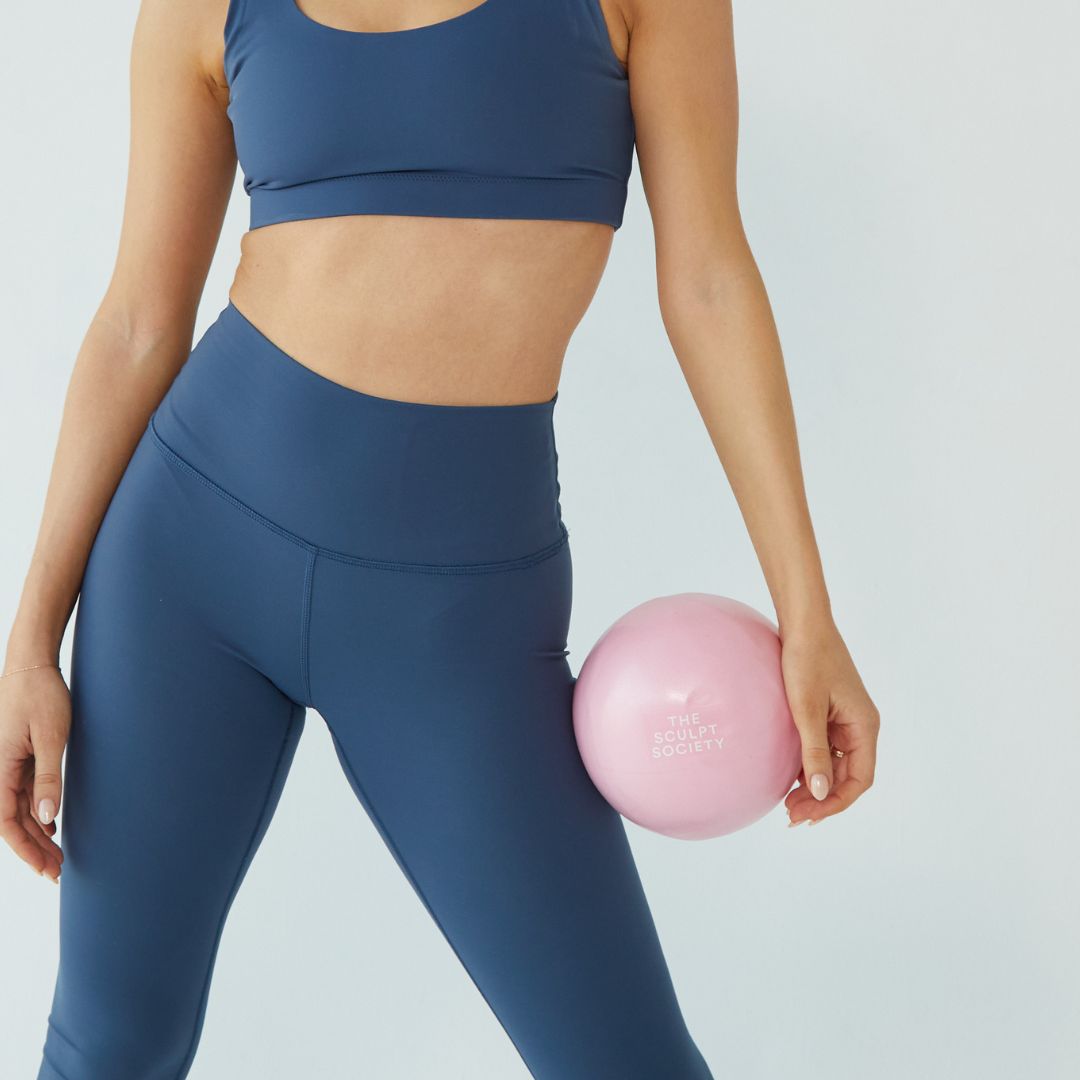
Strength Training for Menopause: Why It’s Essential and How to Get Started

Why Strength Training Is Essential During Menopause


Full-Body Menopause Workout Routine
Full-Body Menopause Workout Routine


NEW WORKOUTS EVERY WEEK
Try The Sculpt Society
FreeFor 7-Days
Get access to 900+ workout videos, anytime, anywhere on all your favorite devices.

Continue Reading








